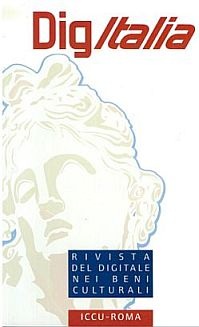Between Past and Future: Digital Technologies and the Revolution in Cultural Heritage Preservation
DOI:
https://doi.org/10.36181/digitalia-00103Keywords:
Remote Sensing; Ground Penetrating Radar (GPR); Geographic Information Systems (GIS); Forensic Archaeology; Digital InnovationsAbstract
In the evolving landscape of cultural heritage preservation, digital technologies and new methodologies are revolutionizing how we manage historical heritage. This paper examines the use of remote sensing, such as Ground Penetrating Radar (GPR), which allows non-invasive surveys of archaeological sites, providing detailed insights into underground structures without compromising their integrity. The integration of Geographic Information Systems (GIS) further merges data from various sources, facilitating complex spatial analyses and supporting a multidisciplinary approach in conservation. Forensic archaeology leverages these technologies to address illicit trafficking of cultural goods and assist in legal investigations. Digital innovations, including 3D modeling and augmented reality, enhance conservation practices and make cultural assets more accessible, supporting a holistic approach that values the resilience and authenticity of heritage. The paper emphasizes the importance of ethical reflection and the adoption of inclusive strategies to address the digital divide, thus ensuring equitable and sustainable access to cultural heritage.
Downloads
Downloads
Published
How to Cite
Issue
Section
License
Copyright (c) 2024 Pier Matteo Barone

This work is licensed under a Creative Commons Attribution-ShareAlike 3.0 Unported License.
The Authors publishing their contributions on this journal agree to the following conditions:
- The Authors detain intellectual property rights of their work and transfer the right of first publication of the work to the journal, under the following Licence: Attribution-ShareAlike 3.0 Italy (CC BY-SA 3.0 IT). This Licence allows third parties to share the work by attributing it to the Authors and clarifying that the work has been first published on this journal.
- Authors can sign other, non-exclusive licence agreements for the dissemination of the published word (e.g. to deposit it in an institutional archive or publish it in a monography), provided that they state that the work has been first published on this journal.
- Authors can disseminate their work online (e.g. in institutional repositories or on their personal websites) after its publication, to potentially enhance knowledge sharing, foster productive intellectual exchange and increase citations (see The Effect of Open Access).






